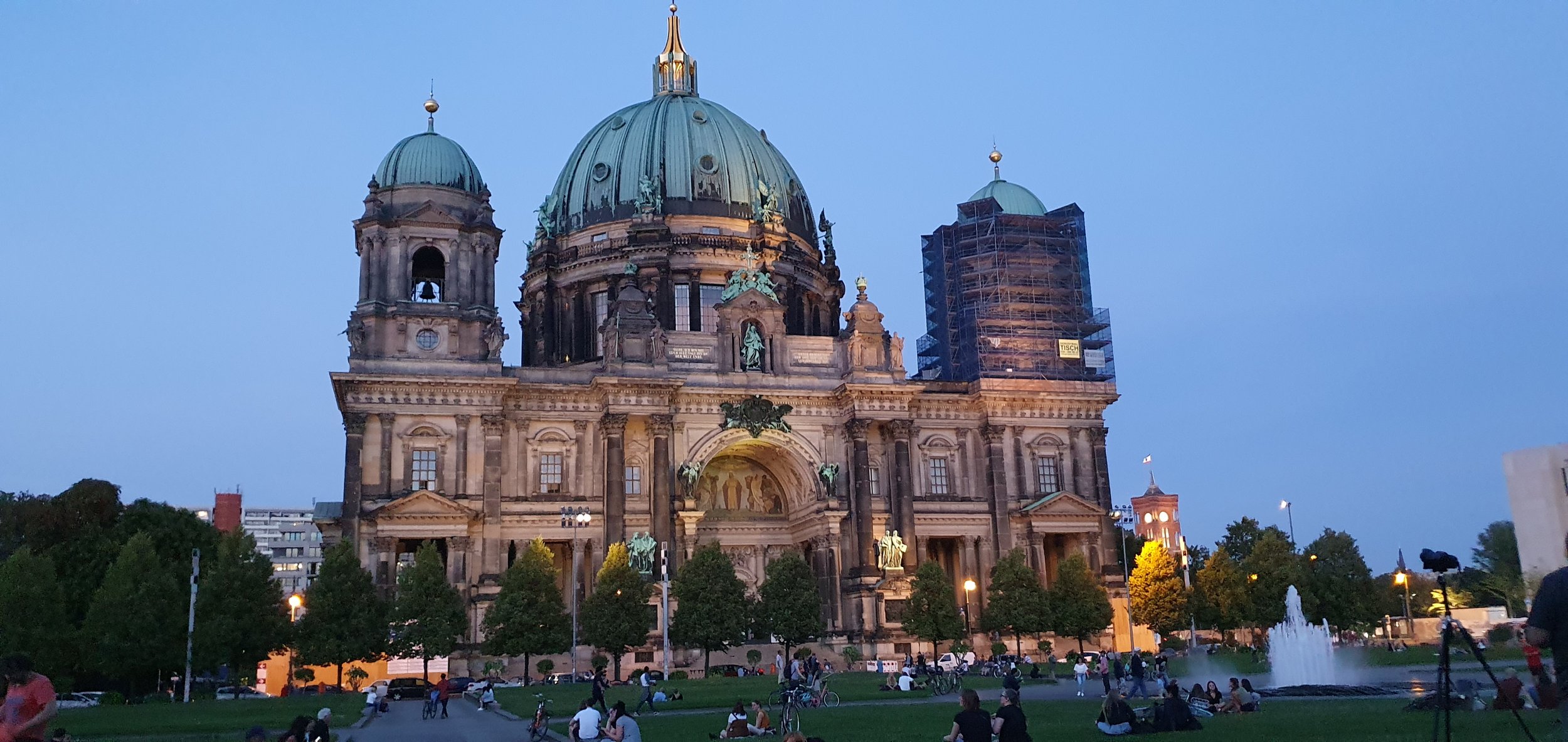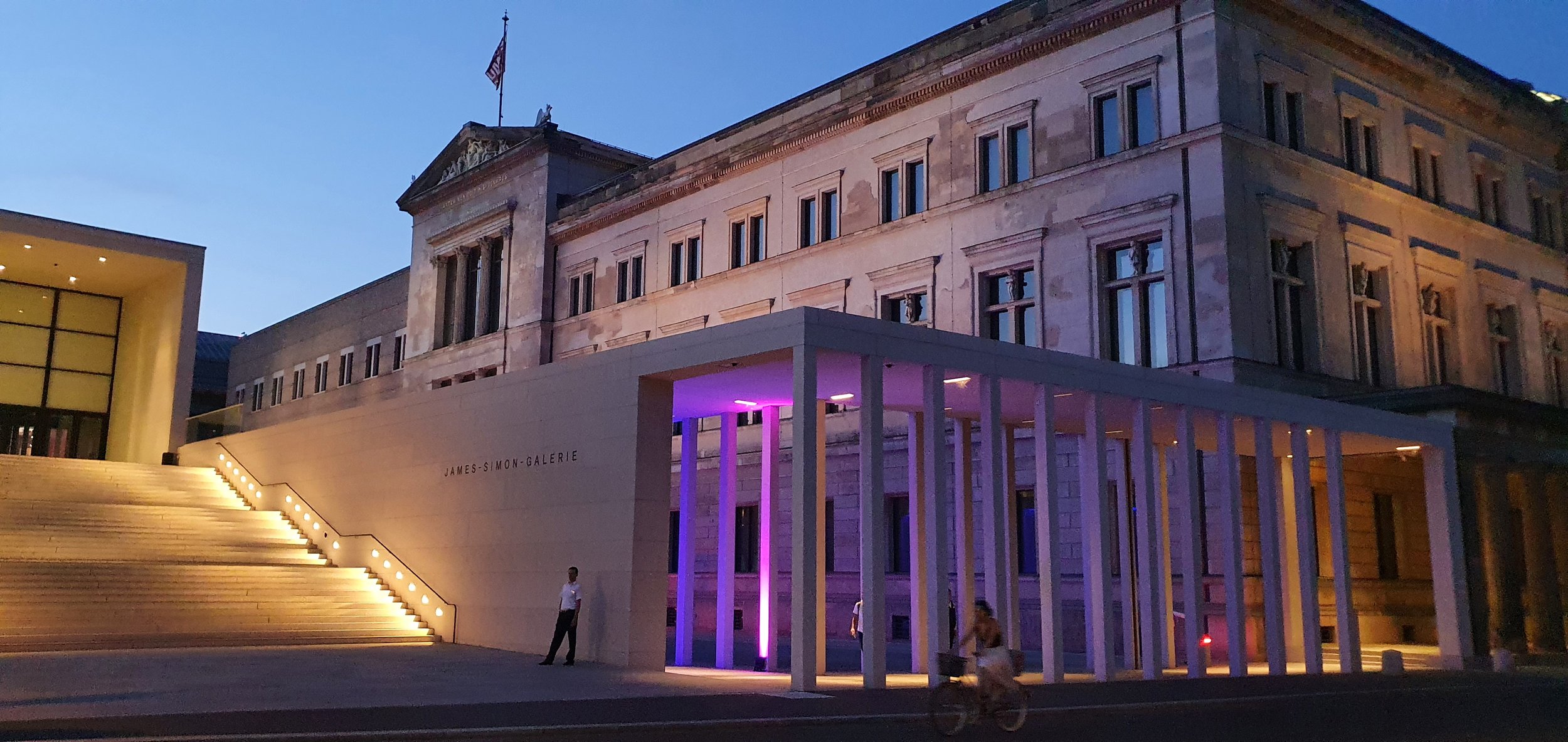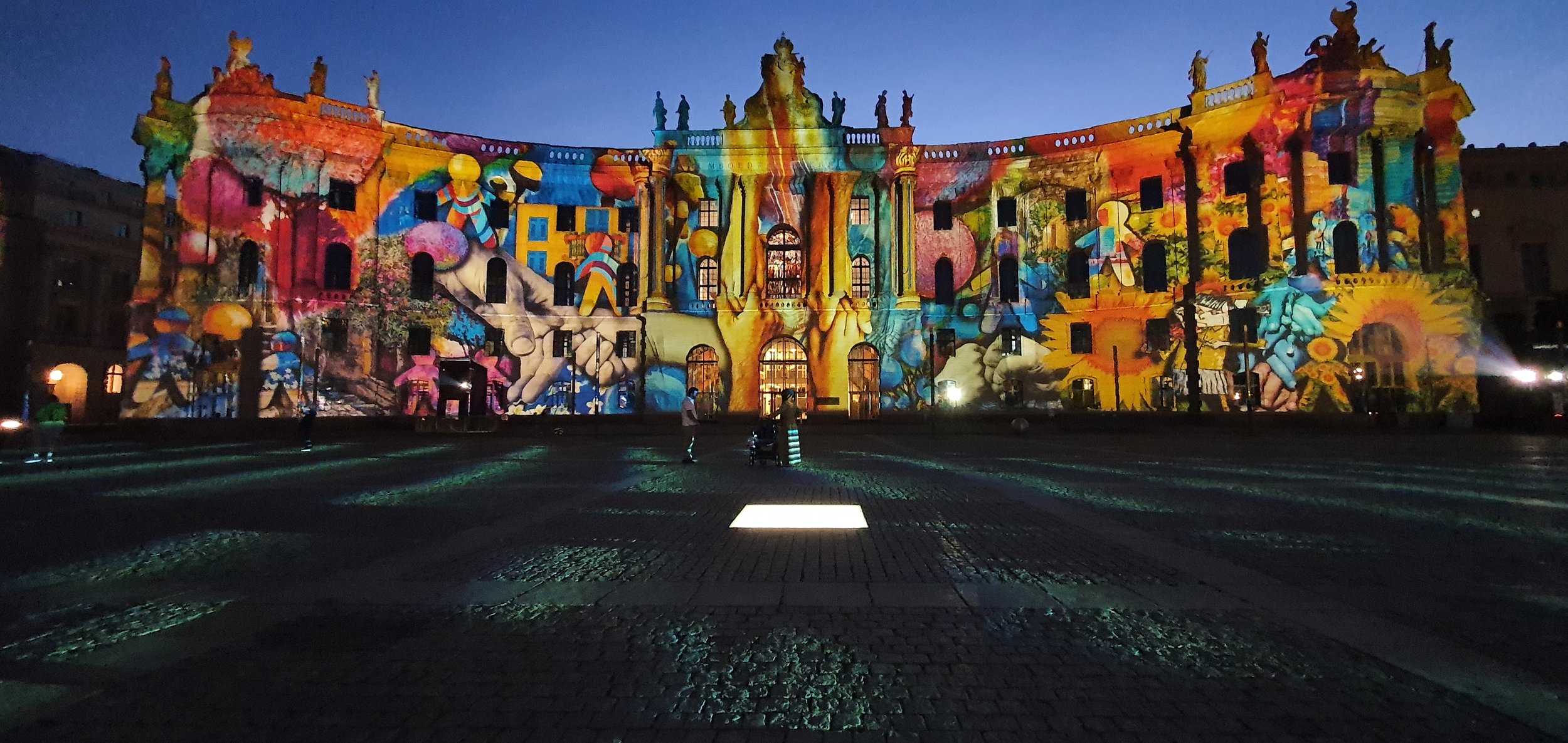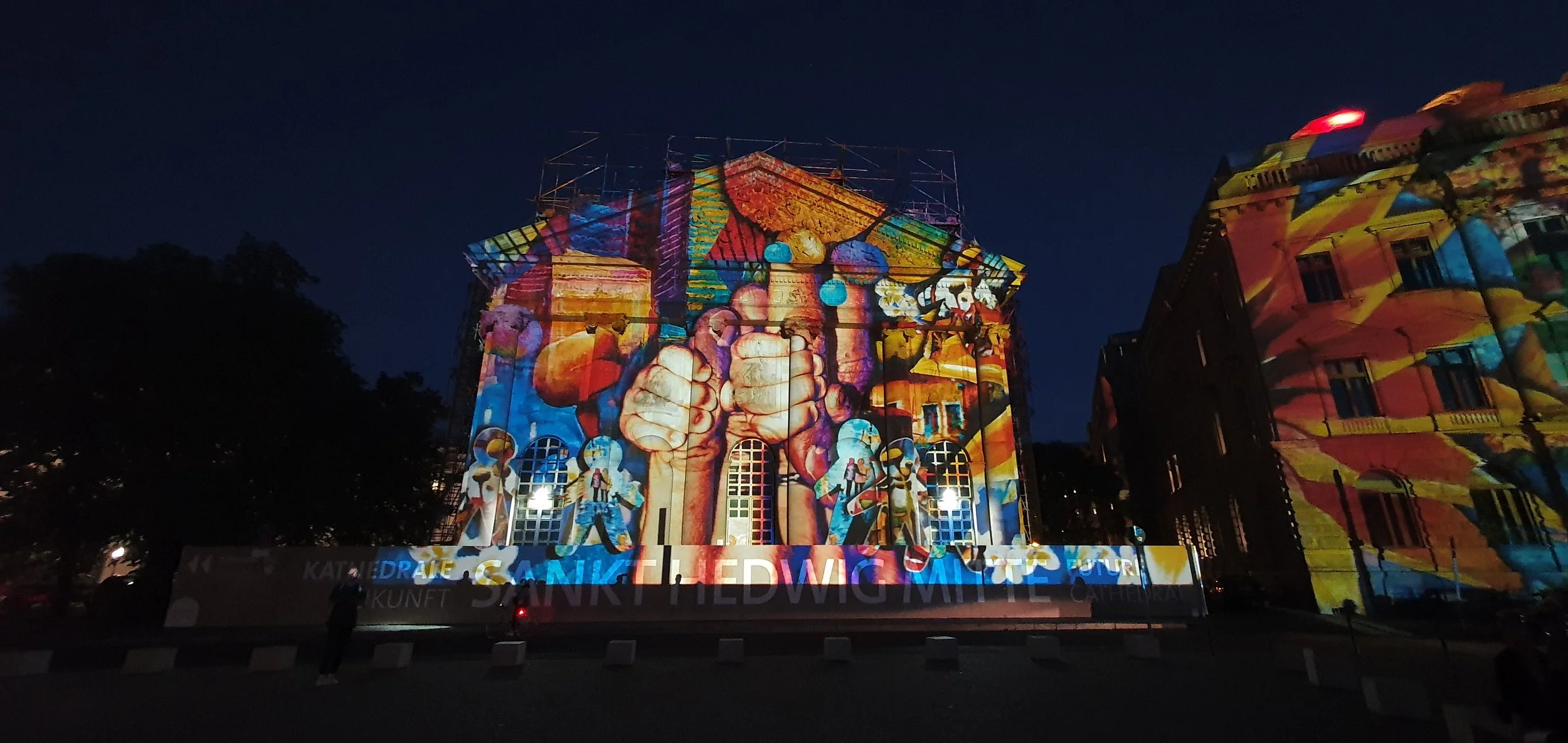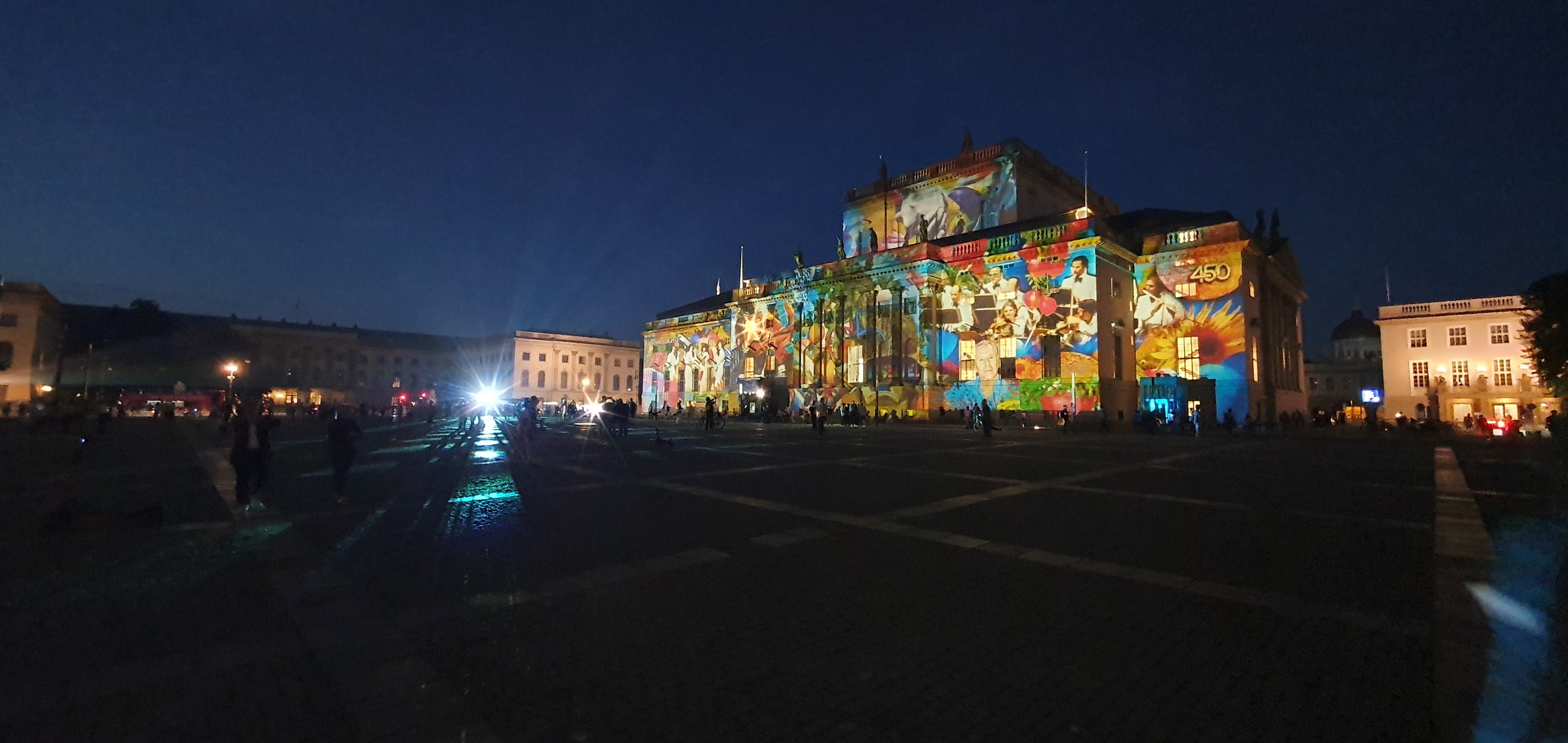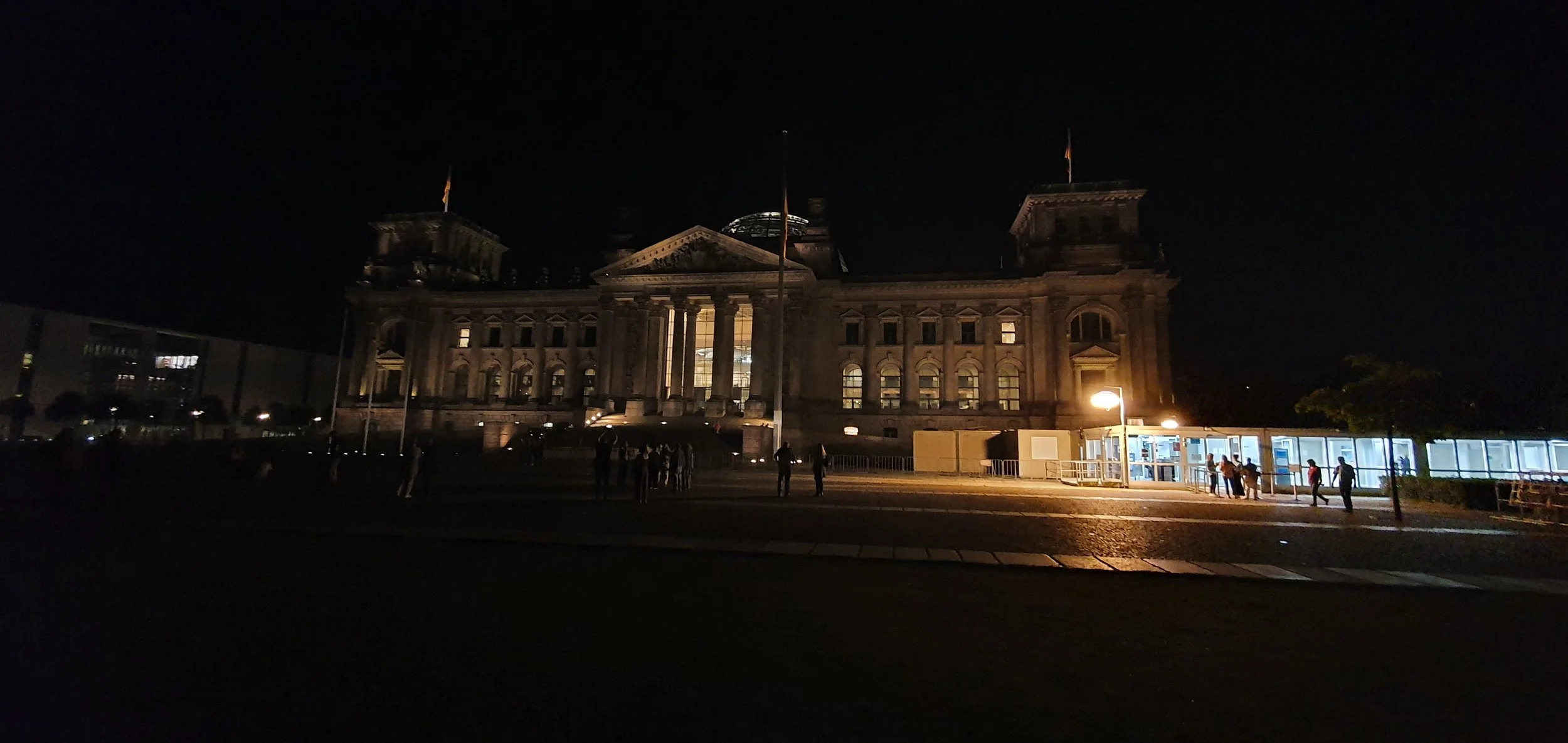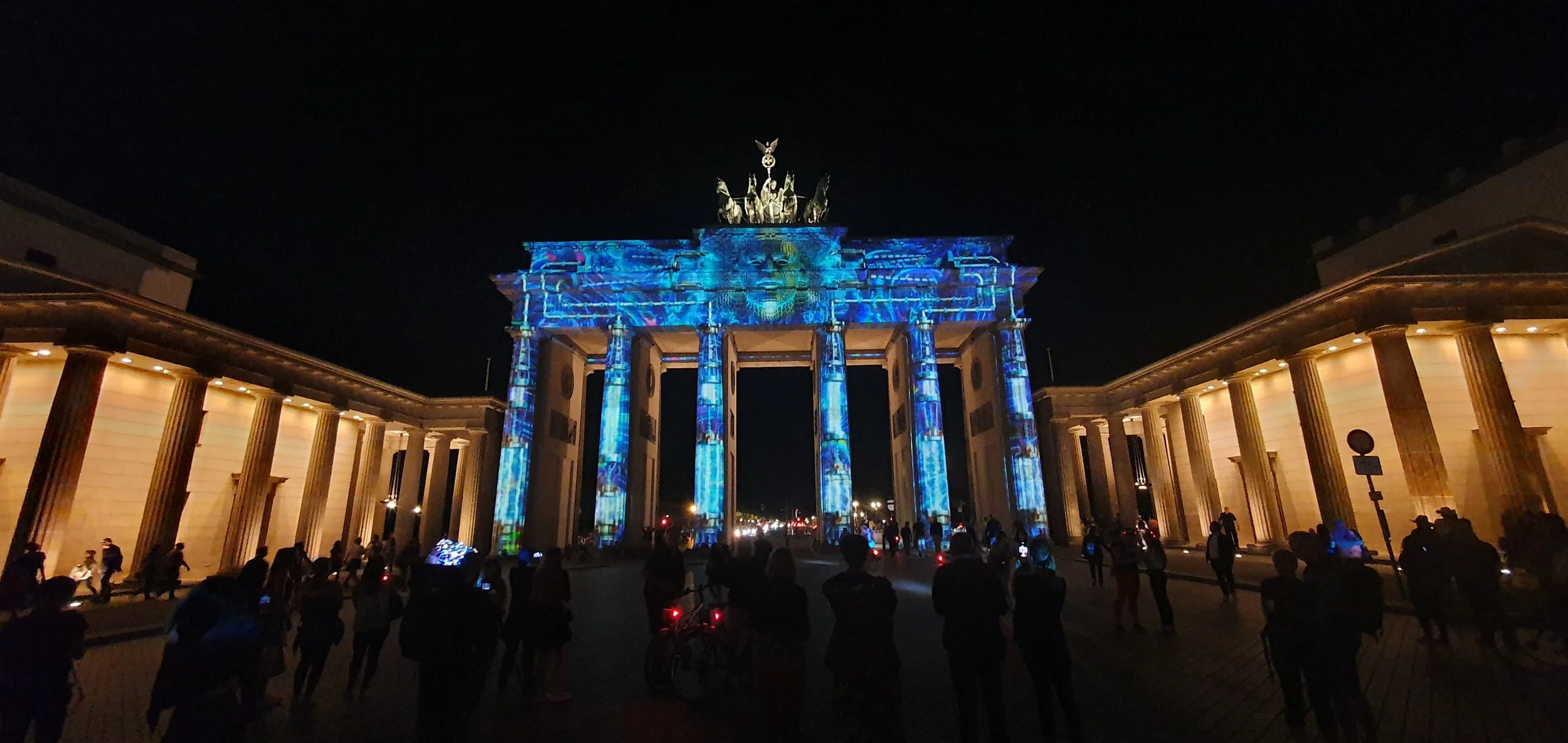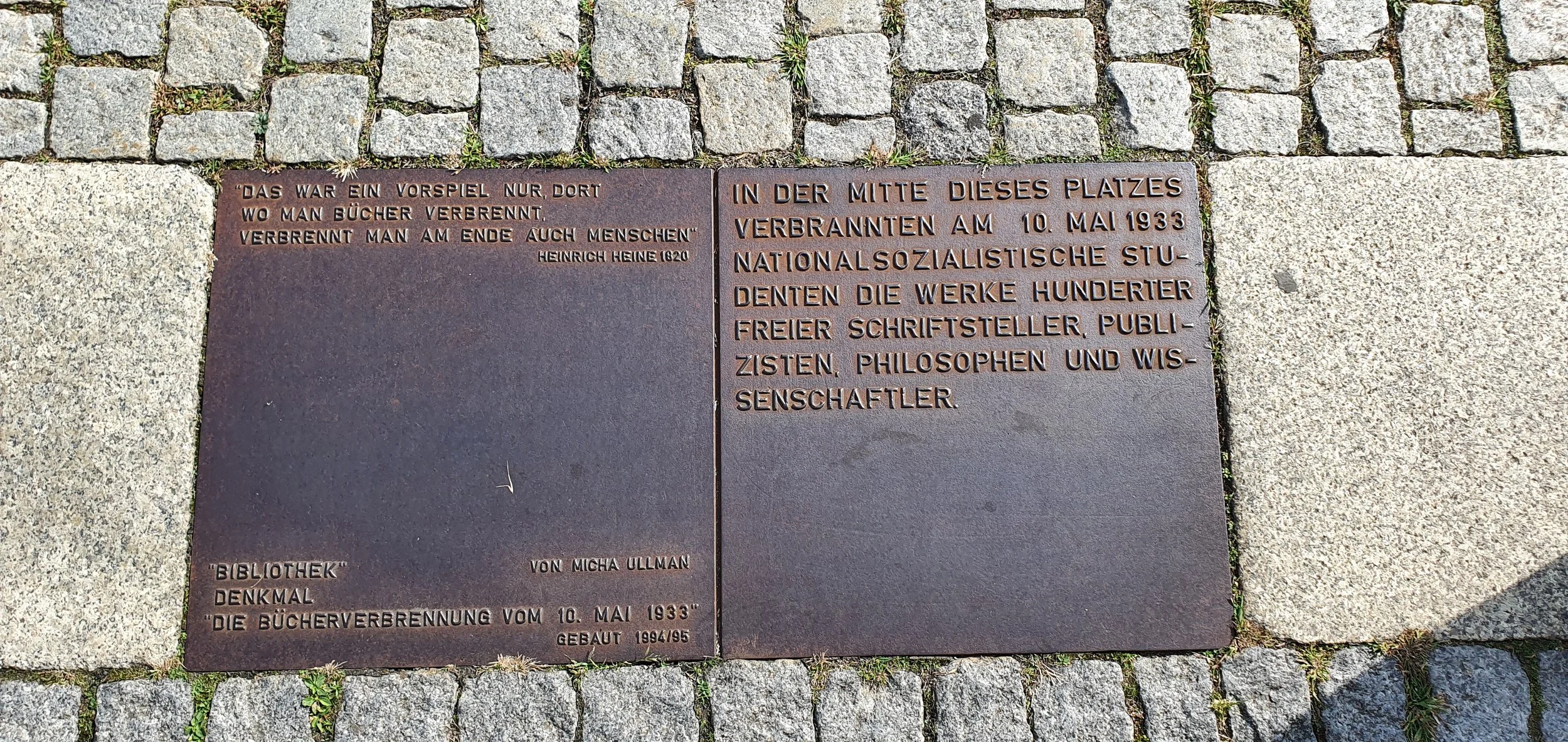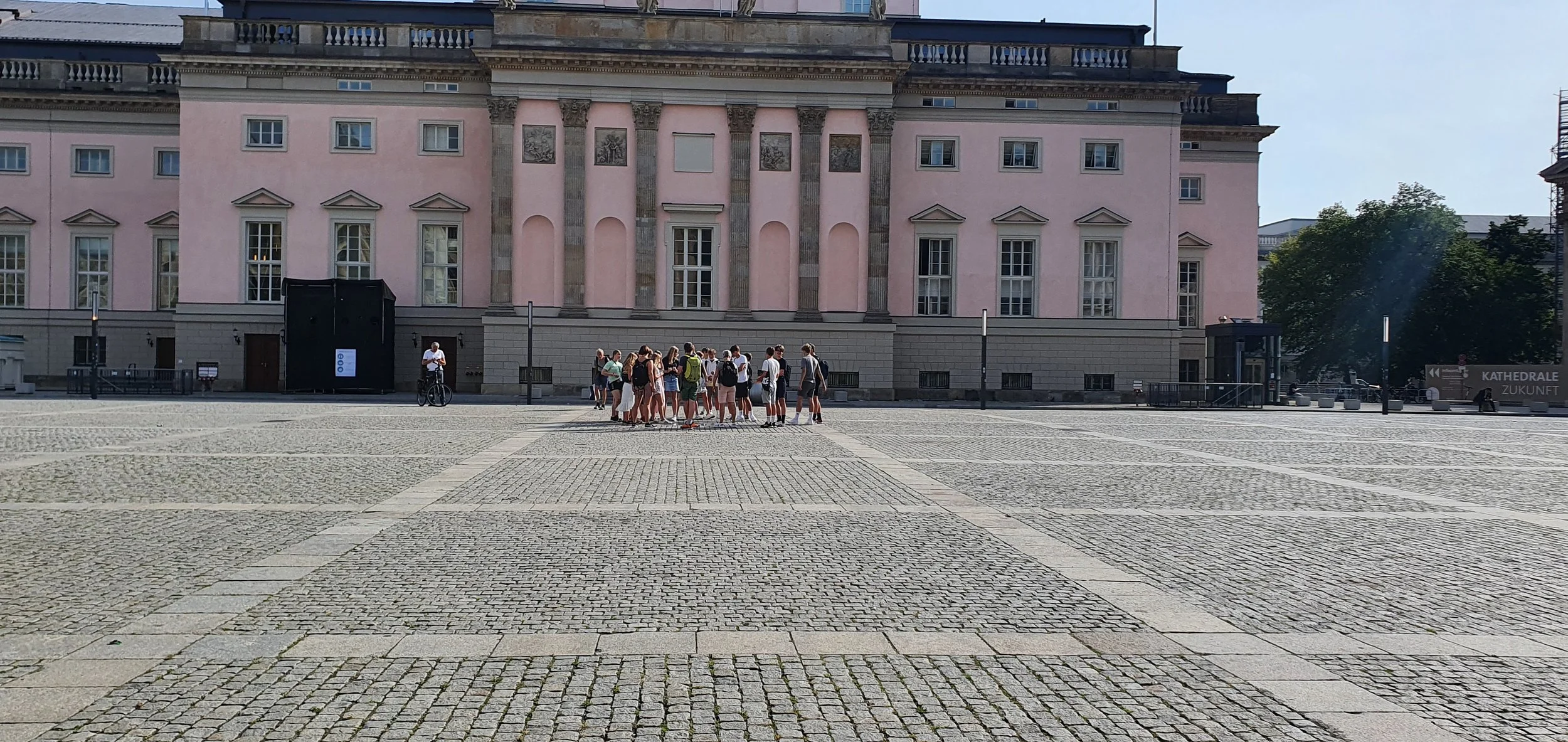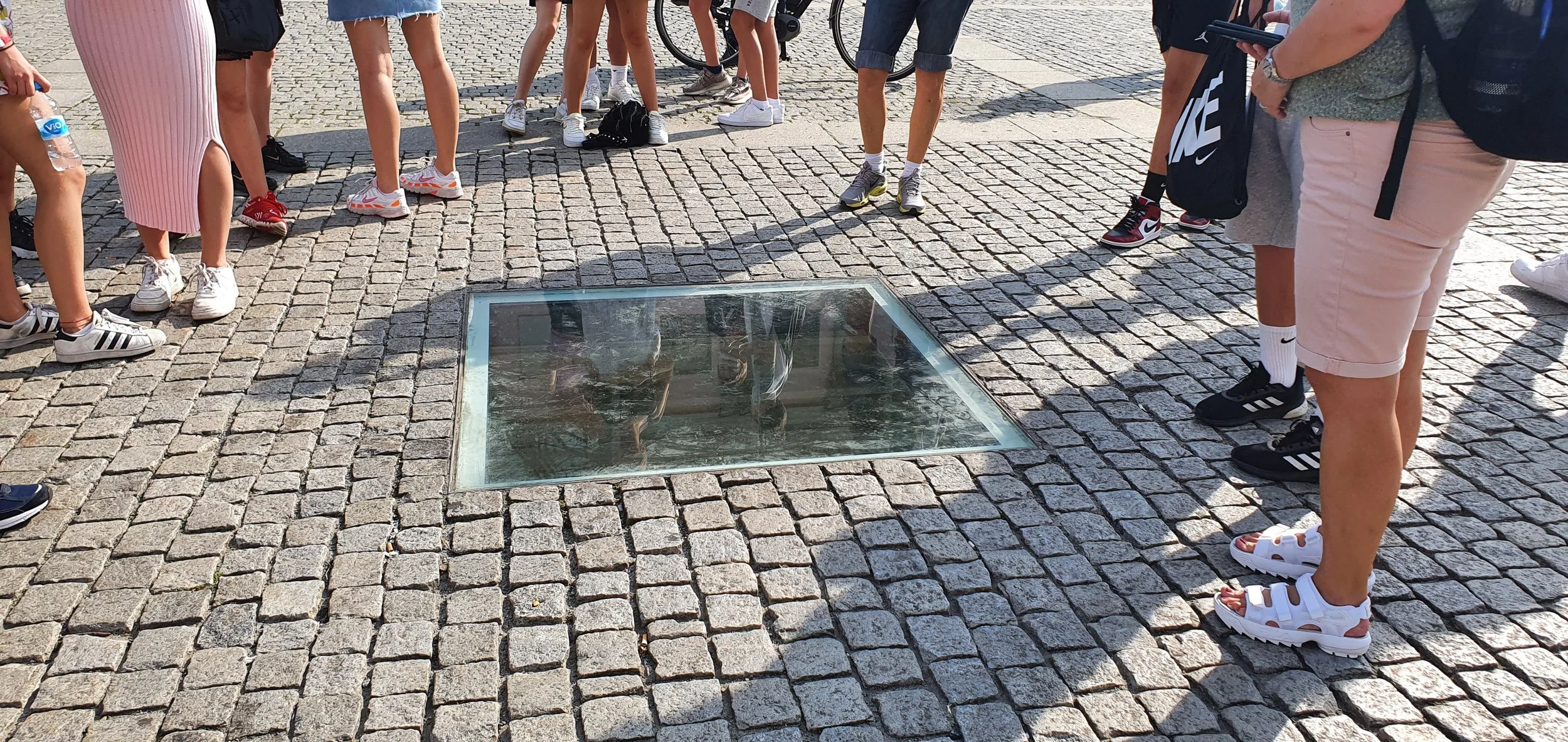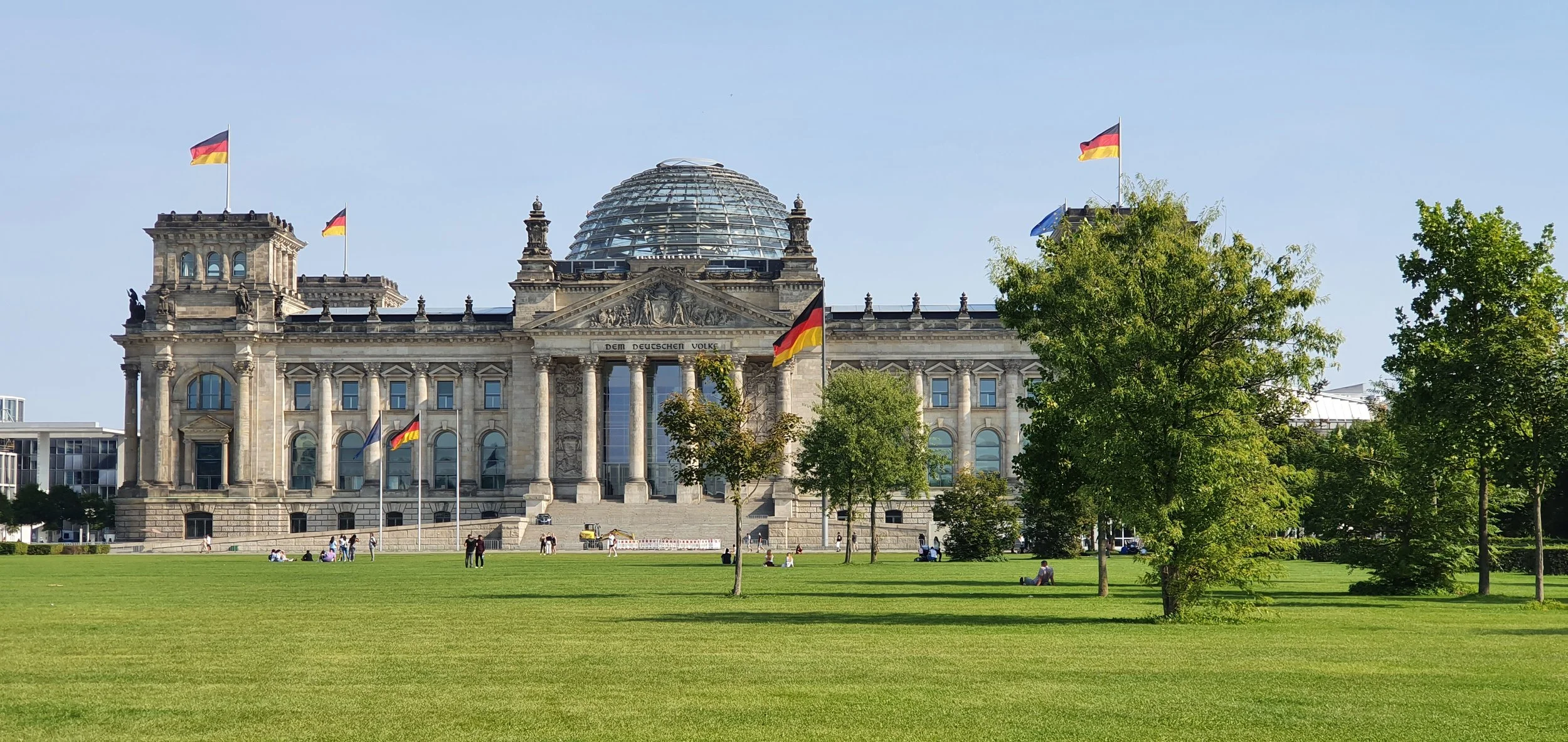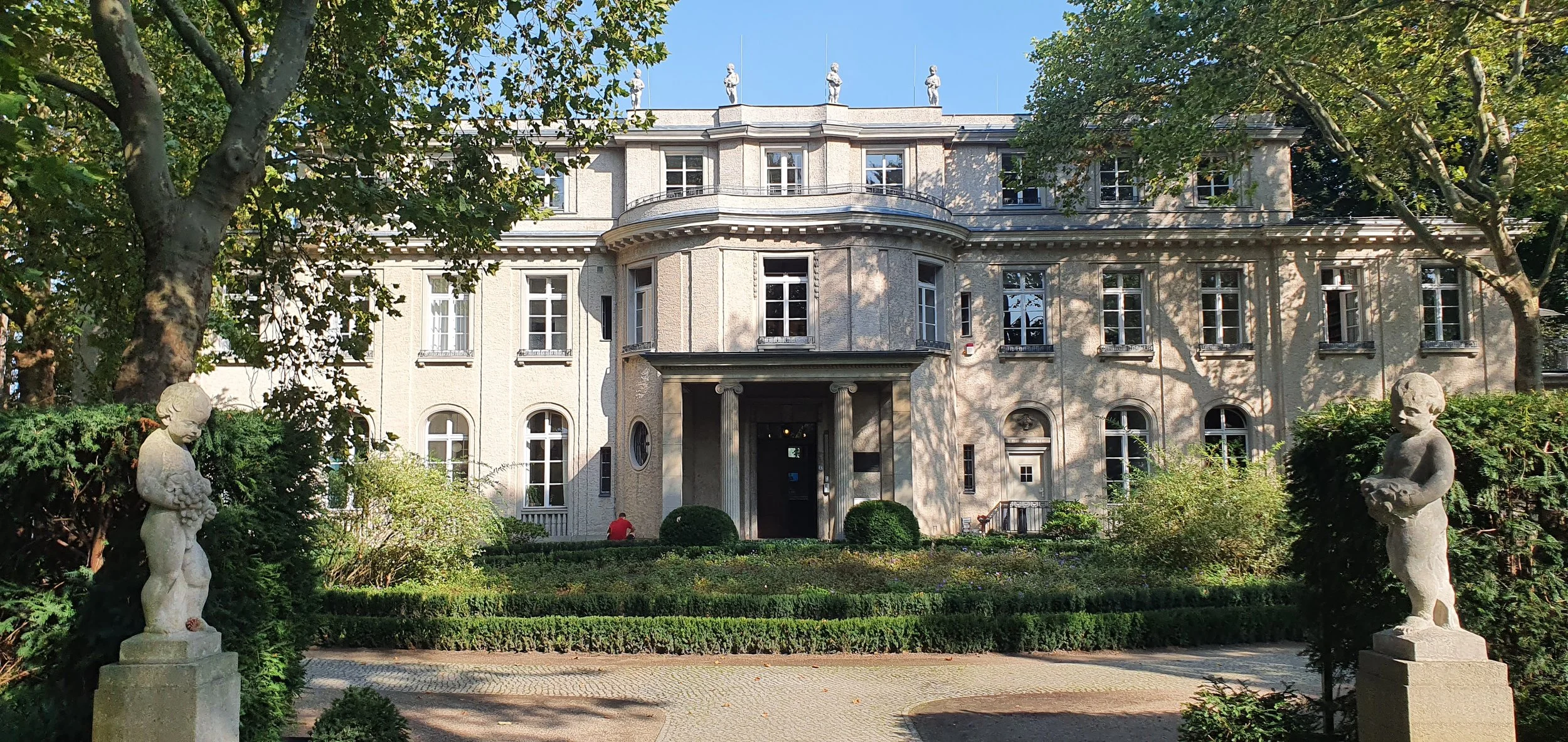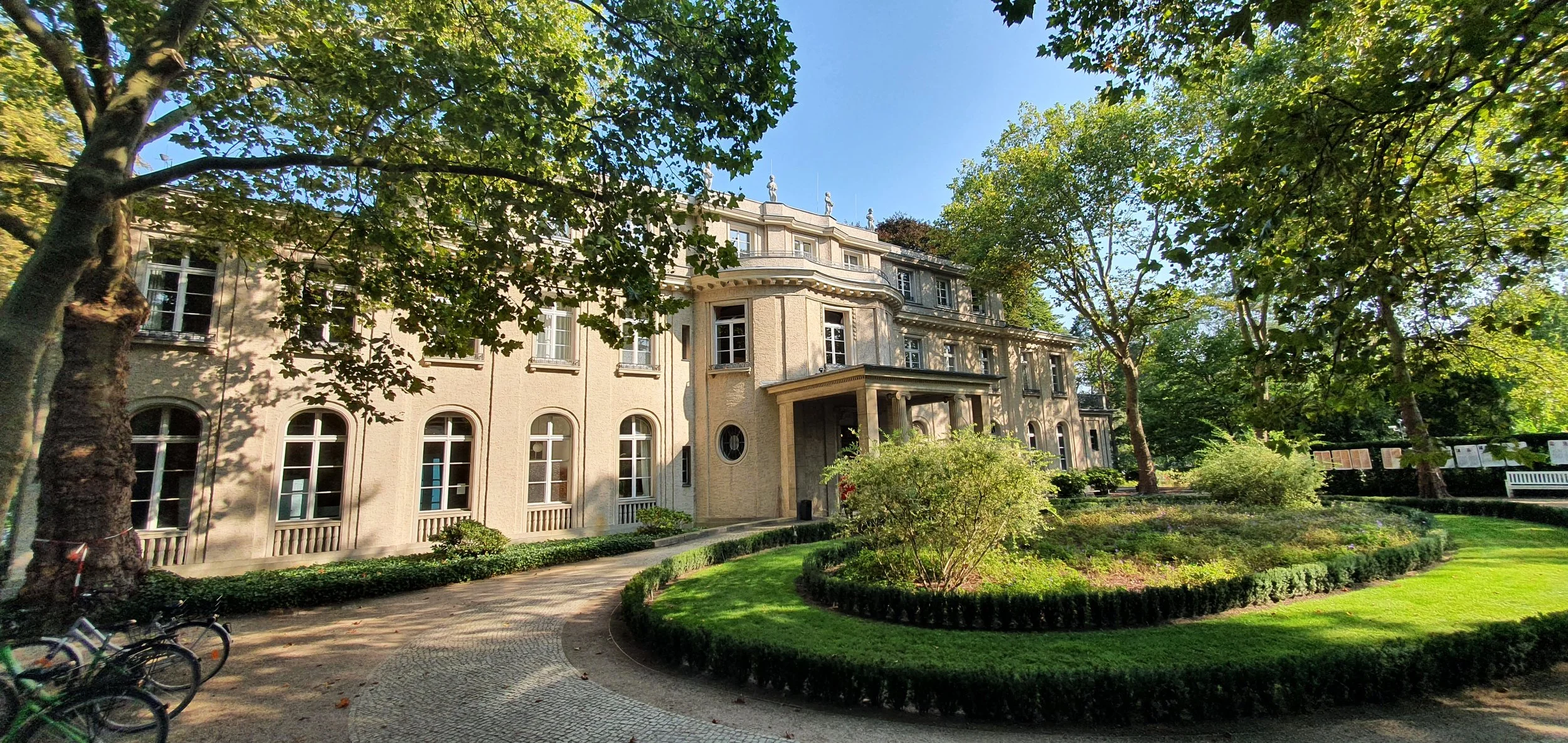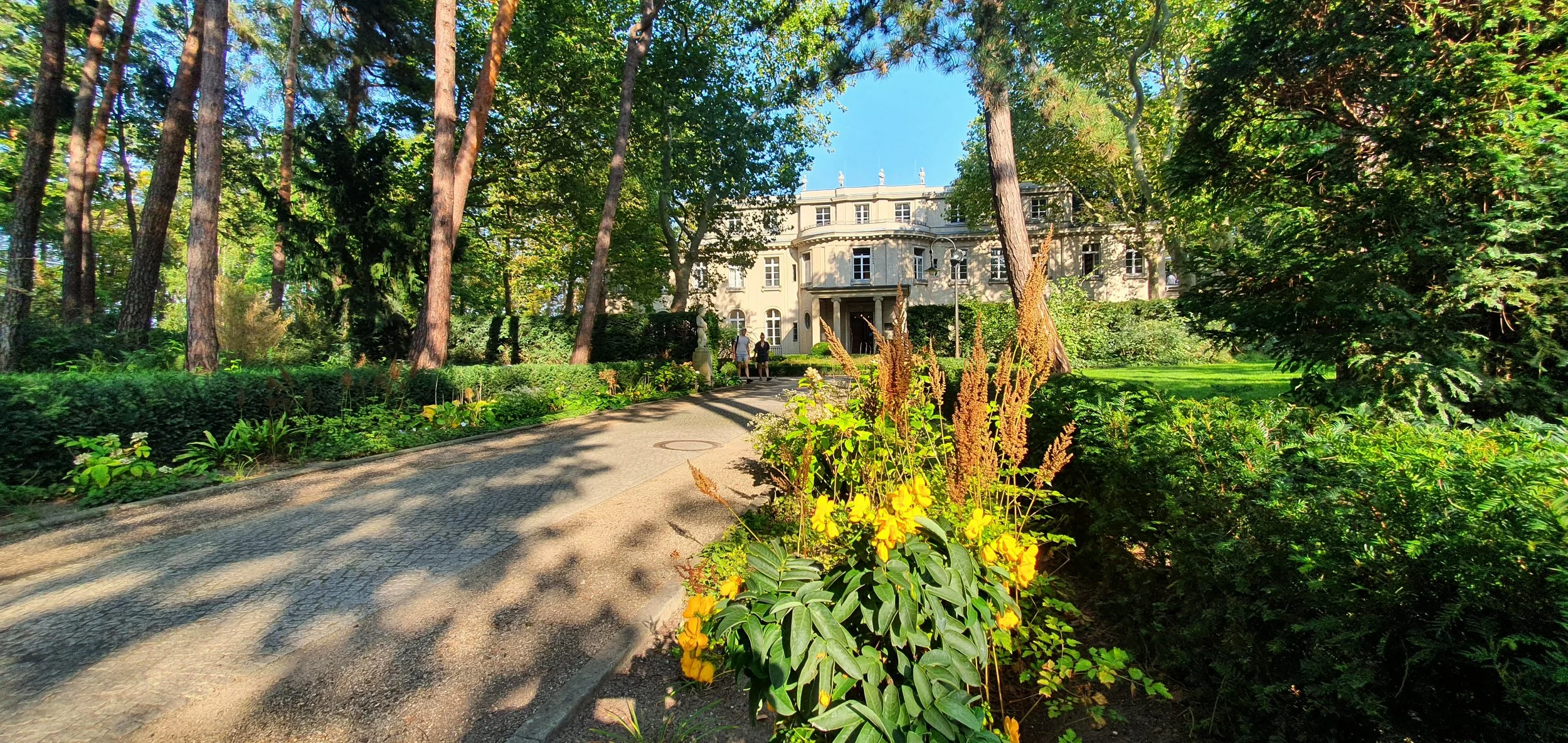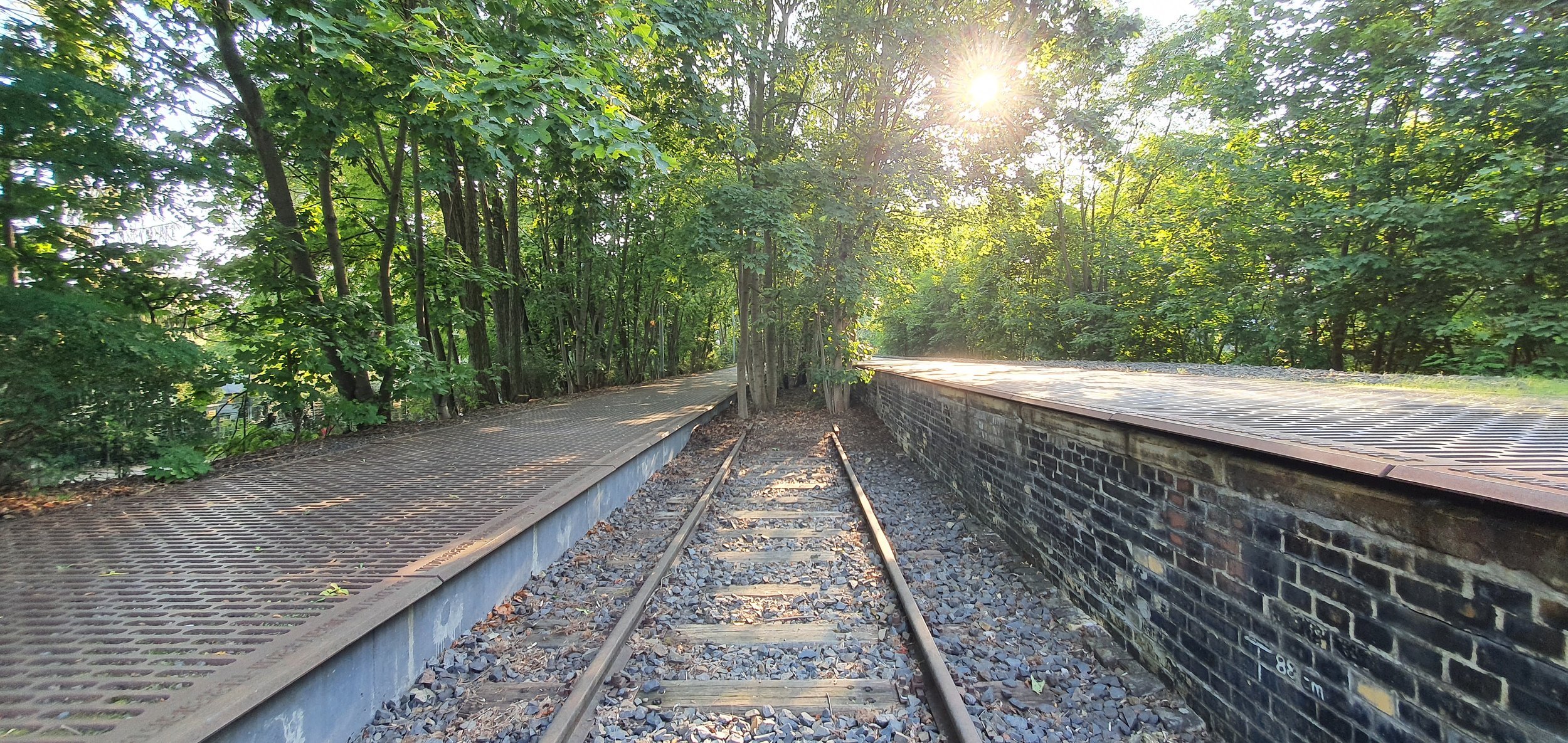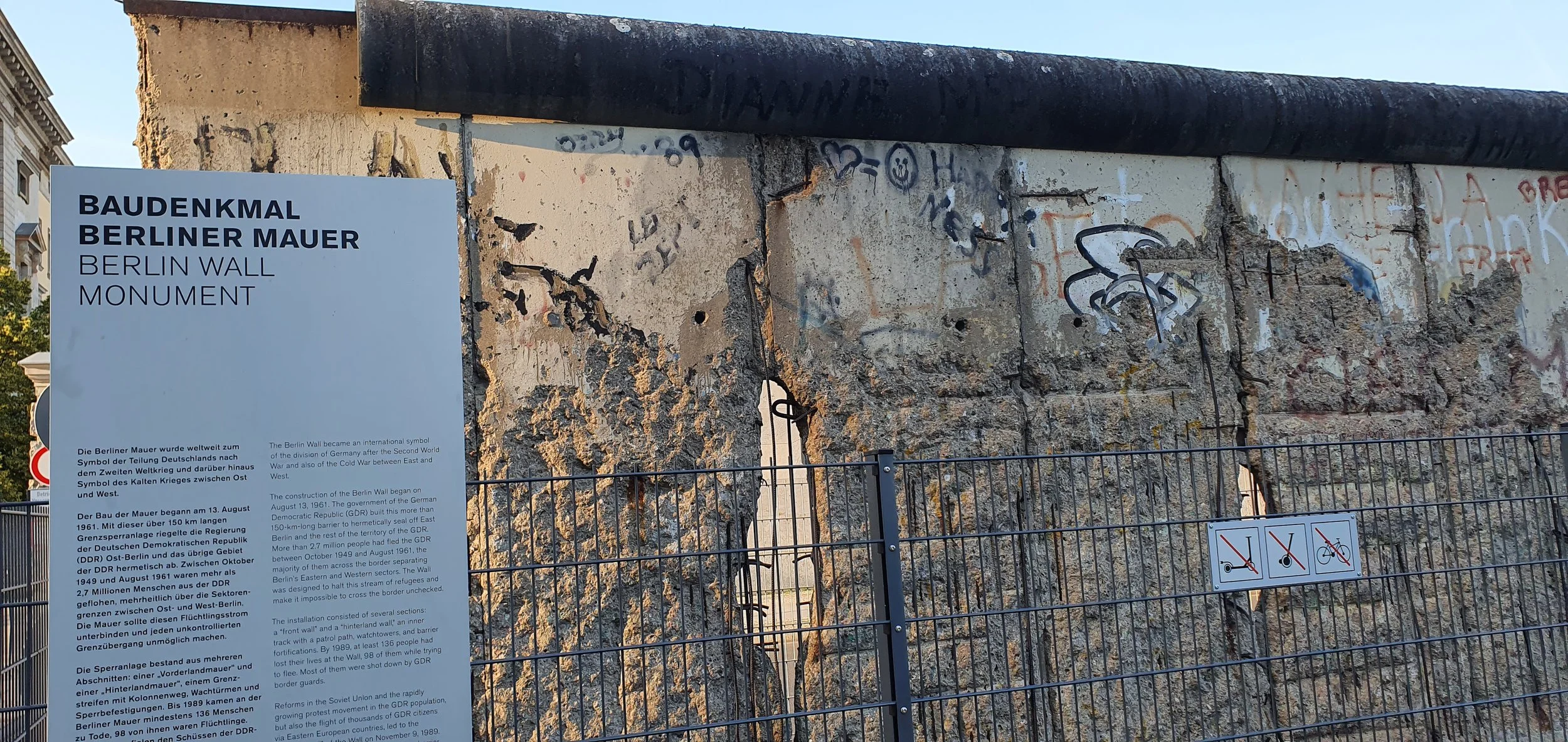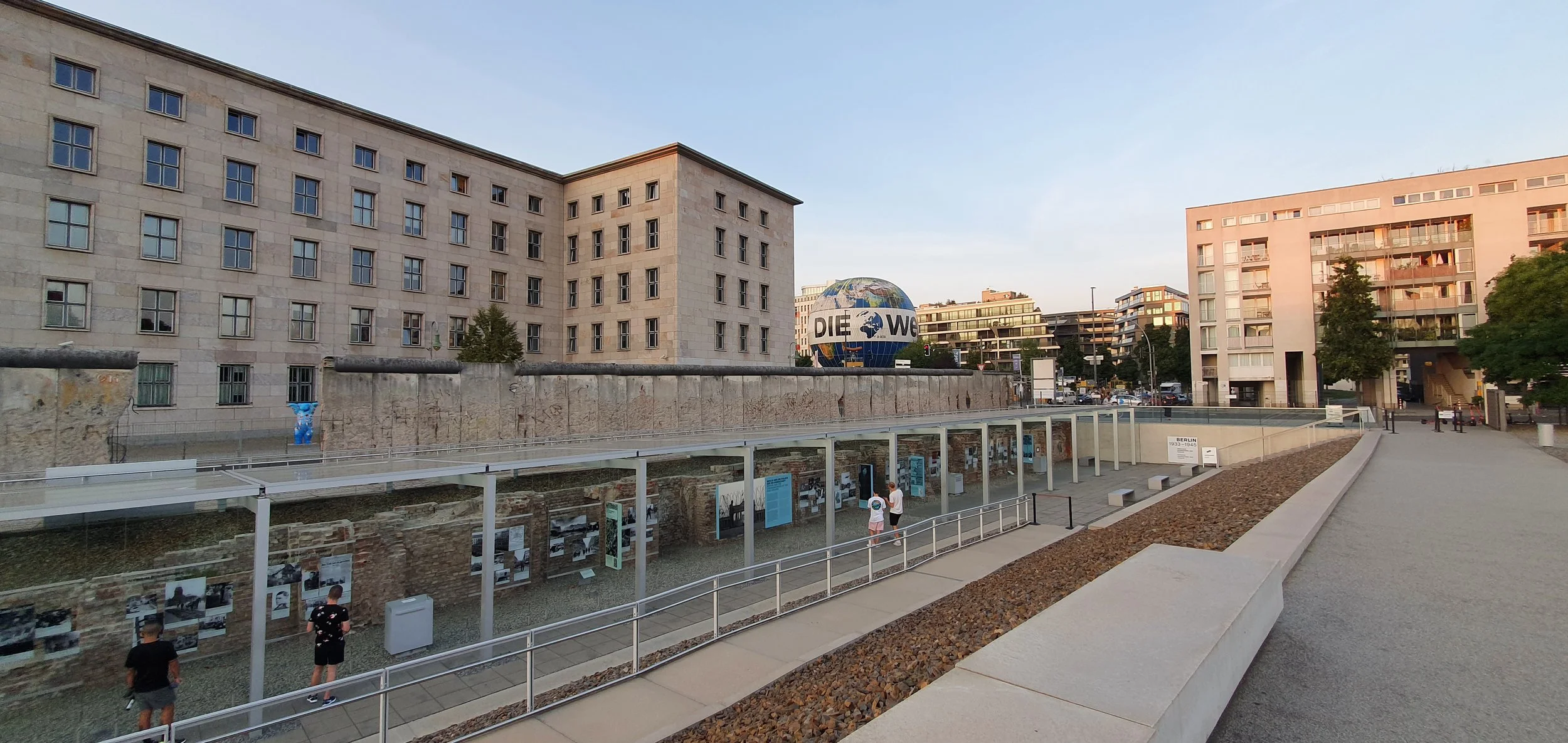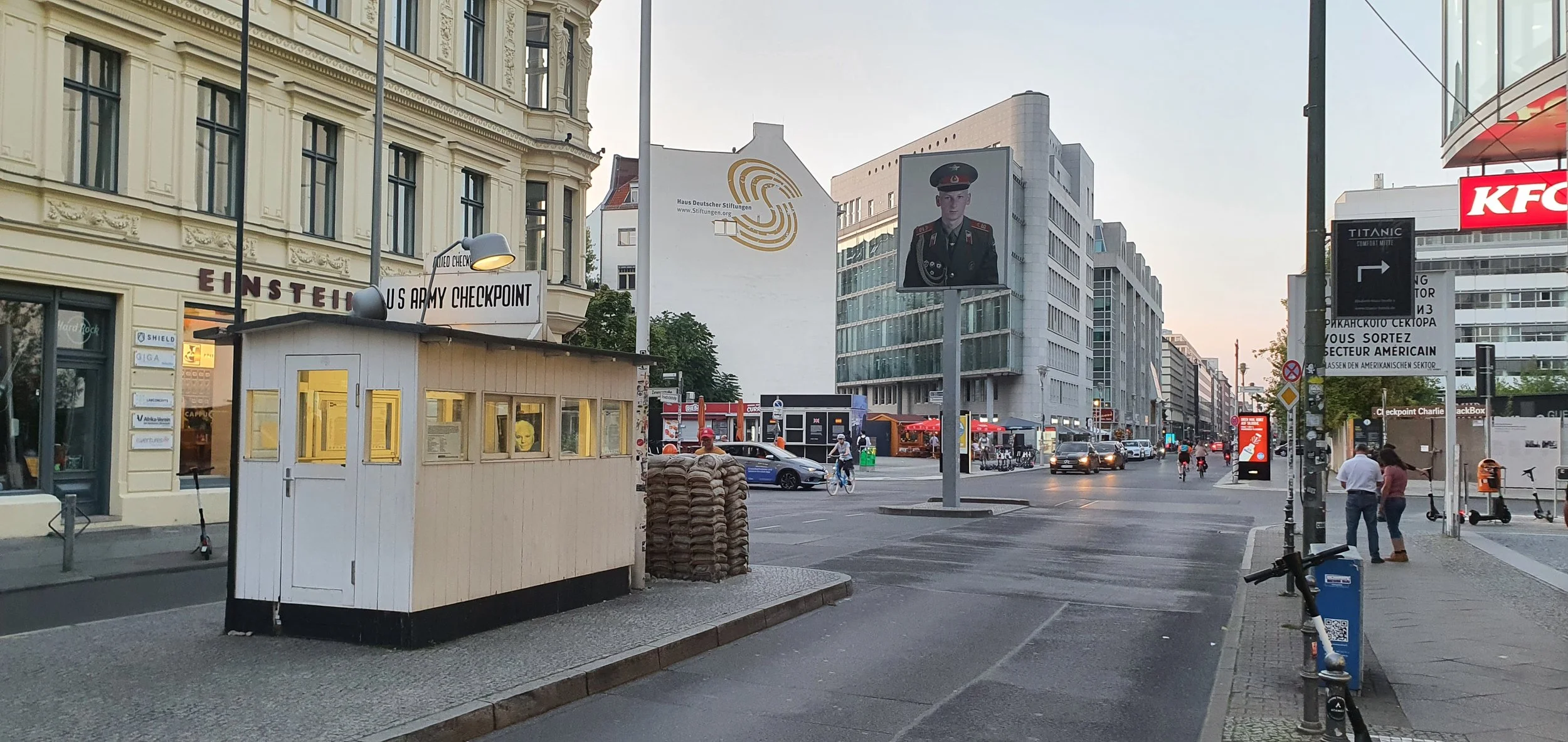
My Photos - Berlin
Altes Museum - The Altes Museum (English: Old Museum) is a listed building on the Museum Island in the historic centre of Berlin, Germany. Built from 1825 to 1830 by order of King Frederick William III of Prussia according to plans by Karl Friedrich Schinkel, it is considered as a major work of German Neoclassical architecture
Berlin Cathedral - The cathedral was heavily damaged during the Second World War by Allied bombing. The cupola (or dome) collapsed and much of the interior burned out. But plans for the restoration of the Berliner Dom had to wait until the 1970s.
Rear of the Reichstag - The Reichstag is a historic government building on Platz der Republik in Berlin that has been the seat of the German Bundestag since 1999. Since 1994, the Federal Convention has also met here to elect the Federal President. The Neo-Renaissance building was built between 1884 and 1894 in the Tiergarten.
Bebelplatz Library and Sunken Library - The history of the Berlin State Library closely parallels that of German history. It has lived through creation, neglect, expansion, war damage, division, unification and re-creation like few other libraries.
Bebelplatz - The Bebelplatz (formerly and colloquially the Opernplatz) is a public square in the central Mitte district of Berlin, the capital of Germany. The square is located on the south side of the Unter den Linden boulevard, a major east-west thoroughfare that runs through Berlin's city center.
Babelplatz Sunken Library - The square is better remembered today as the venue for the Nazi's first official book burning bonfire on May 10, 1933 just opposite Humboldt University, where Karl Marx had been a student of Hegel's. The action, meant as a dire warning to Nazi opponents was instigated with the purposes of destroying the "Jewish mind and the whole rotten liberalist tendency". Over 20,000 works including those of the so-called subversive writers were set alight and destroyed.
Brandenburg gate at night - The Brandenburg Gate is one of Berlin's most important monuments, a landmark and symbol with over two hundred years of history. Hardly any other sight is on so many tourist selfies as the great sandstone gate in the heart of the city. The Brandenburg Gate used to be memorial of division - after the construction of the Berlin Wall, it was located in the restricted area and could not be visited by East or West Germans. After the fall of the Wall, the gate became a symbol of German unity.
Reichstag at night - The Reichstag ("Diet of the Realm"), officially the Greater German Reichstag after 1938, was the national parliament of Nazi Germany from 1933 to 1945. Following the Nazi seizure of power and the enactment of the Enabling Act of 1933, it functioned purely as a rubber stamp for the actions of Adolf Hitler's dictatorship.
Reichstag Dome - The large glass dome at the very top of the Reichstag has a 360-degree view of the surrounding Berlin cityscape. The main hall (debating chamber) of the parliament below can also be seen from inside the dome, and natural light from above radiates down to the parliament floor. A large sun shield tracks the movement of the sun electronically and blocks direct sunlight which would not only cause large solar gain, but dazzle those below. Construction work was finished in 1999 and the seat of parliament was transferred to the Bundestag in April of that year. The dome is open to visitors by prior registration
Reichstag inside - The futuristic and transparent design of the Reichstag dome is intended to symbolize Berlin's attempt to move away from a past of Nazism and instead towards a future with a heavier emphasis on a united, democratic Germany. Specifically, it symbolizes that the people are above the government, as was not the case during Nazism.
Brandenburg gate at night 2 - When the Nazis ascended to power, they used the gate as a party symbol. The gate survived World War II and was one of the damaged structures still standing in the Pariser Platz ruins in 1945 (another being the Academy of Fine Arts). The gate was badly damaged with holes in the columns from bullets and nearby explosions. One horse's head from the original quadriga survived, and is today kept in the collection of the Märkisches Museum. Efforts to disguise the government district of Berlin and confuse Allied bombers had included the construction of a replica Brandenburg Gate located away from the city centre.
Babelplatz 1 - A line of Heinrich Heine from his play, Almansor (1821), is engraved on a plaque inset in the square: "That was only a prelude; where they burn books, they will in the end also burn people"). Students at Humboldt University hold a book sale in the square every year to mark the anniversary.
Babelplatz 2 - The State Opera, St. Hedwig's Cathedral, the Old Library Building and the Palace of Prince Henry, today the main building of Humboldt University, gives the square an almost complete surround of 18th-century buildings.
The Sunken Library - The memory of this event is symbolically kept alive by a memorial monument known as "Versunkene Bibliothek" (sunken library) by Mischa Ullmann – a 50sqm underground library with empty shelves.
Bunker Museum - In this bunker you can visit an exhibition about Hitler. How could it happen that so many voted for Hitler? How did he become a Nazi? How did he get to power? How did anti-Semitism lead to concentration camps and the Holocaust? Why did generals and soldiers participated until the very end? With the suicide of the dictator Hitler actually ended the bloody war of history. The reconstruction of his original bunker space as well as a model of the driver's bunker, photos, documents and films can be seen. This is one of the best WW2 museums i have visited.
Memorial to the murdered Jews of Europe - Also known as the Holocaust Memorial is a memorial in Berlin to the Jewish victims of the Holocaust, designed by architect Peter Eisenman and Buro Happold. It consists of a 19,000-square-metre (200,000 sq ft)[2][3] site covered with 2,711 concrete slabs or "stelae", arranged in a grid pattern on a sloping field.
The Reichstag - Today, the Reichstag is a must-see for all Berlin visitors. Highlights include an elevator ride to the large rooftop terrace, which offers breathtaking views of the Tiergarten, as well as a stroll through the dome and the mirror cylinder at the center.
Wannsee House - In 1914, pharmaceutical manufacturer Ernst Marlier builds his new luxury villa, and a few years later anti-Republican and right wing industrialist Friedrich Minoux takes ownership of it. He sells the villa to an SS foundation in 1941 for use as a guest house. The following year, National Socialists are already planning the Wannsee Conference
Wannsee House 2 - After the Second World War, the villa is handed over to the political party SPD who establish an educational centre called the August-Bebel-Institute. It serves as a school between 1952 and 1982. In 1982, Richard von Weizsäcker, Berlin's mayor, designates the house a memorial, and since 1992, on the 50th anniversary of the Wannsee Conference, it becomes an official museum and educational centre.
Wannsee House - Back - The first impression of the mansion is deceptive; the House of the Wannsee Conference is like any other provincial country estate – a magnificent mansion built in the Italian country house style. Inside, the rooms are well-lit and elegant, giving no hint of the events which happened here.
Wannsee Drive - The first exhibition room gives information about the people who attended the conference, along with documents about anti-semitism and racism in the 1920s. Go through the hall to see items of Third Reich propaganda such as posters and leaflets. Further three rooms are devoted to the collaboration with the Nazi leaders, along with archive material from Eastern Europe which has only been on public display since the 1990s.
Platform 17 - The Platform 17 Memorial at Grunewald Station commemorates the thousands of Jews who were deported from Berlin on Deutsche Reichsbahn trains from this platform.
Platfrom 17 (2) - From the fall of 1941 to the spring of 1942, approximately 10,000 German Jews were deported from here to labor and concentration camps in Riga, Warsaw, Auschwitz-Birkenau and Theresienstadt.
Platform 17 (3) - The memorial consists of 186 cast steel plates embedded in the railroad ballast. On these plates, the dates and destinations of all deportation trains from Berlin are noted in chronological order, as well as the number of Jews deported in each case. A second part of the memorial is the vegetation that has spread between the tracks: it is a symbol that no train will ever leave the station at this track again. The Platform 17 Memorial was inaugurated on January 27, 1998 and is open to the public.
Berlin Wall - The Berlin Wall was a guarded concrete barrier that encircled West Berlin of the Federal Republic of Germany (FRG) from 1961 to 1989, separating it from East Berlin and the German Democratic Republic (GDR). Construction of the Berlin Wall was commenced by the government of the GDR on 13 August 1961.
Berlin Gestapo Building - The Topography of Terror is an outdoor and indoor history museum in Berlin, Germany. It is located on Niederkirchnerstrasse, formerly Prinz-Albrecht-Strasse, on the site of buildings, which during the Nazi regime from 1933 to 1945 was the SS Reich Security Main Office
Checkpoint Cahrlie
Kaiser Wilhelm Church - In honour of Wilhelm I, the first German Kaiser, his grandson Wilhelm II planned a magnificent church, which was built by Franz Schwechten between 1891 and 1895 in the Neo-Romantic style. With five spires, the bombastic design reflected the tastes of the time and that of the Kaiser. The church bells were the second biggest in Germany after Cologne, and when the church was inaugurated, the five bells rang so loudly that the wolves in the zoo started howling. During the Second World War, the chimes stopped and the five bells were melted down for munitions.
Anhalter Station - During World War II, the Anhalter Bahnhof was one of three stations used to deport about 55,000 Berlin Jews between 1941 and 1945, about a third of the city's entire Jewish population (as of 1933). From Anhalter Bahnhof, 9,600 Jews left in groups of 50 to 100 at a time using 116 trains. In contrast to other deportations which used freight wagons, Jews were taken away in ordinary passenger coaches which were coupled up to regular trains running according to the normal timetable. All deportations were to Theresienstadt in Nazi-occupied Czechoslovakia and from there to other concentration camps.
Soviet Memorial & T34 Tank - The Soviet War Memorial is one of several war memorials in Berlin, erected by the Soviet Union to commemorate its war dead, particularly the 80,000 soldiers of the Soviet Armed Forces who died during the Battle of Berlin

